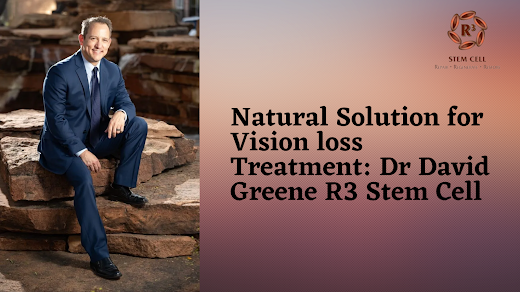Dr David Greene's R3 Stem Cell: The Benefits of Amniotic Tissue

Dr. David Greene's R3 stem cell is a groundbreaking discovery in regenerative medicine. Amniotic tissue is a cost-effective and practical option for many regenerative therapies. This blog post will explore the numerous benefits of using amniotic tissue as a regenerative medicine option, as explained by Dr David Greene's R3 stem cell . What is Amniotic Tissue? Amniotic tissue is a naturally occurring, biocompatible material used in regenerative medicine for decades. It is derived from the placenta of healthy, full-term pregnancies. It contains cells with healing potential, growth factors, proteins, and other components that aid tissue repair and regeneration. In addition, amniotic tissue is rich in mesenchymal stem cells, which are known to be some of the most versatile cells in the body and are integral to the R3 Stem Cell's regenerative treatments. What are the benefits of Amniotic Tissue? Amniotic tissue has several beneficial properties when it comes to regenerative me...


.png)